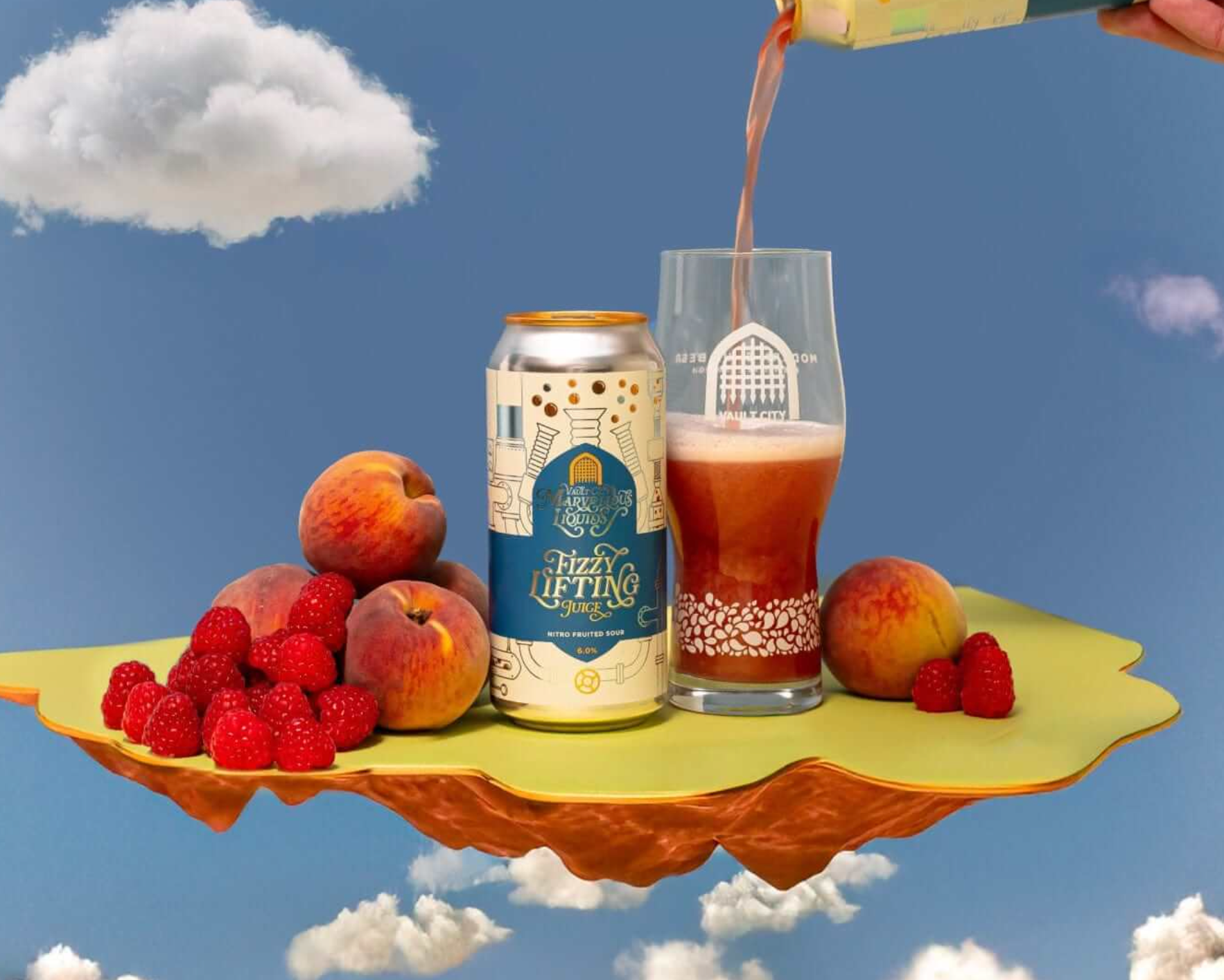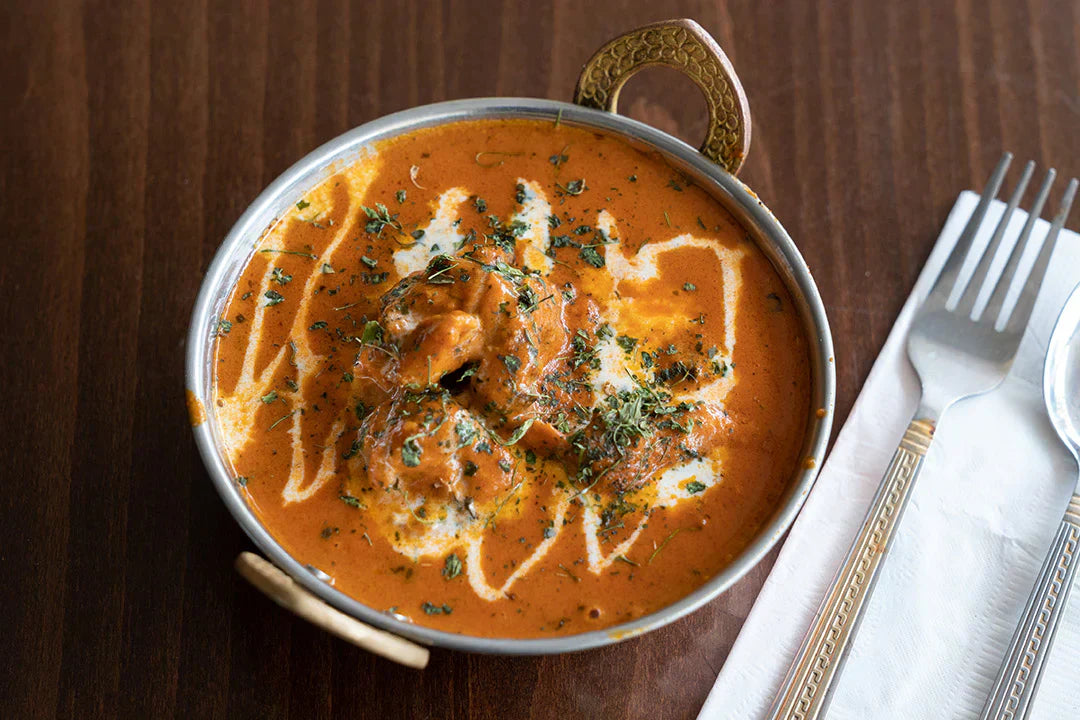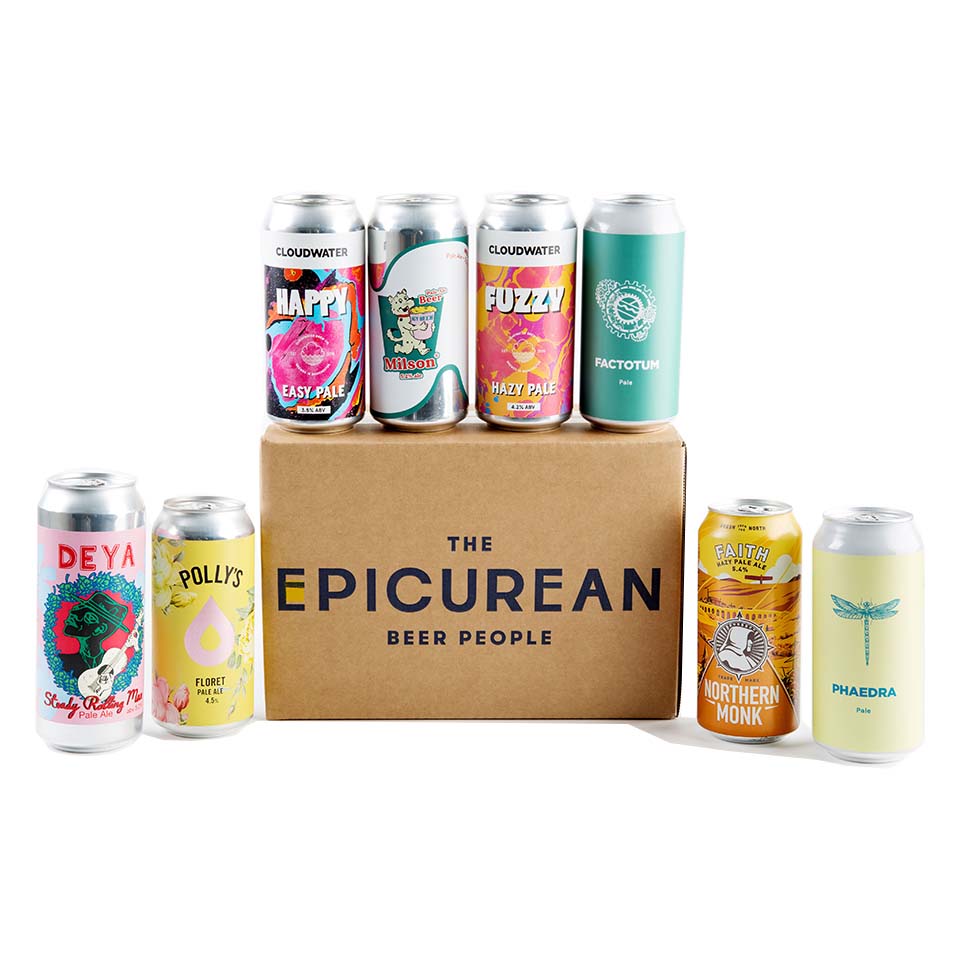
Exploring the Tart World of Sour Beers: From Wild Fermentation to Kettle Sours
May 27, 2025
In a craft beer scene overflowing with IPAs, stouts, and lagers, sour beers offer a refreshing detour — puckering, funky, and often fruit-forward. These complex brews aren’t just about acidity; they showcase a spectrum of flavours, from earthy and musty to bright and juicy, crafted through unique fermentation processes. Whether you’re sipping on a traditional Lambic or a modern kettle sour, there’s a story in every tart sip.
Let’s dive into the fascinating world of sour beers — and introduce a few must-try bottles along the way.
What Makes a Beer Sour?
Sourness in beer is primarily created by acid-producing microorganisms, most notably lactic acid bacteria (such as Lactobacillus and Pediococcus) and various wild yeasts (such as Brettanomyces). These microbes convert sugars into organic acids like lactic and acetic acid, giving the beer its characteristic tang.
Naturally Fermented Sours: The Art of Time and Terroir
Naturally fermented sours, also known as mixed fermentation or wild ales, are the original sour beers. These styles rely on open-air fermentation, barrel aging, or inoculation with a diverse blend of yeasts and bacteria. Time plays a huge role here, with some beers aging for months or even years.
Classic Examples:
-
Lambic (Belgium): Wild-fermented in open coolships and aged in oak barrels. Often blended to make Gueuze or fruited to become Kriek or Framboise.
-
Berliner Weisse and Gose (Germany): Originally spontaneously fermented, but now often use cultured bacteria.
-
American Wild Ales: U.S. craft brewers have embraced the wild side, experimenting with local yeast strains, fruit additions, and barrel-aging techniques.
Pros:
-
✔ Deep complexity and funk from extended aging and microbial diversity
-
✔ Unique character influenced by location, barrel history, and ingredients (aka terroir)
Cons:
-
✘ Time consuming and difficult to control
-
✘ Higher risk of cross-contamination in breweries also producing clean beers
Try This:
🍑 Lindemans – Pecheresse, Peach Flavoured Lambic, 2.5%
From Belgium’s legendary Lindemans brewery, this peach-infused Lambic is a great introduction to the world of spontaneous fermentation. It leans into ripe, juicy fruit with a lightly sparkling texture that’s more peach nectar than wild funk. A brilliant pick for those new to sours or anyone after something refreshing and low in alcohol.
💡 Serve it chilled in a wine glass and enjoy on a sunny patio.

Kettle Sours: The Fast and Fruity Alternative
Kettle souring is a modern technique designed to deliver tart flavours in a fraction of the time. In this method, Lactobacillus is added directly to the wort (unfermented beer) in the brew kettle and allowed to sour for 24–48 hours before being boiled and fermented as usual.
Popular Styles:
-
Kettle-soured Berliner Weisse or Gose (often fruited)
-
Fruited sours or pastry sours with ingredients like mango, hibiscus, lactose, or marshmallow
Pros:
-
✔ Fast turnaround (days instead of months)
-
✔ Greater control over acidity
-
✔ Lower risk of contaminating other beers or equipment
Cons:
-
✘ Less depth and funk than mixed fermentation
-
✘ Can taste one-dimensional if not balanced with fruit, hops, or adjuncts
Try These:
🍋 Vault City – Lemon Ice Tea Table Sour, 3.4%
A perfect gateway sour for newcomers, this refreshing table beer from Vault City is light, zippy, and subtly complex. Brewed with lemon juice, zest, and steeped black tea, it mimics an iced tea — only better.
💡 Serve it chilled on a warm day with a fresh salad or grilled chicken.

🍓 Vault City x Marvellous Liquids – Fizzy Lifting Juice, Nitro Fruited Sour, 6.0%
Ready to step things up? This nitro sour is bursting with raspberry and peach, poured with a creamy, smoothie-like mouthfeel thanks to the nitrogen cascade. It’s decadent, fruity, and fun — ideal for dessert lovers and sour veterans alike.
💡 Best enjoyed cool, and a cheeky alternative to cocktails or pudding.

Something for Red Wine Lovers
Not all sours are bright and fruity — some go deep, dark, and complex.
🍷 Duchesse De Bourgogne – Flemish Red Ale, 6.2%
Aged in oak for up to 18 months, this iconic Flemish Red is known for its layered notes of cherry, balsamic vinegar, and dark chocolate. Rich yet tart, smooth yet acidic, it’s the Burgundy of the beer world.
💡 Pair it with strong cheeses, charcuterie, or roast meats for a real flavour experience.

Choosing Your Sour Adventure
Both naturally fermented and kettle-soured beers have their place in a well-rounded beer fridge. Here’s a quick comparison:
|
Feature |
Naturally Fermented Sours |
Kettle Sours |
|---|---|---|
|
Fermentation Time |
Months to years |
1–3 days |
|
Flavour Complexity |
High (funky, layered) |
Moderate (bright, clean) |
|
Risk of Contamination |
High |
Low |
|
Brewing Equipment Needed |
Barrels, wild culture |
Standard + temp control |
|
Price Point |
Often higher |
Generally affordable |
Final Thoughts: A Sour for Every Palate
Whether you’re savouring the musty depth of a barrel-aged Gueuze or crushing a tart raspberry kettle sour on a hot day, sour beers offer an ever-evolving landscape of flavours. For newcomers, fruit-forward options like Lemon Ice Tea Table Sour or Pecheresse are perfect introductions. Ready to explore further? Try something more intense like Fizzy Lifting Juice or the elegant, complex Duchesse De Bourgogne.
No matter your taste, there’s a sour beer waiting to surprise you.








